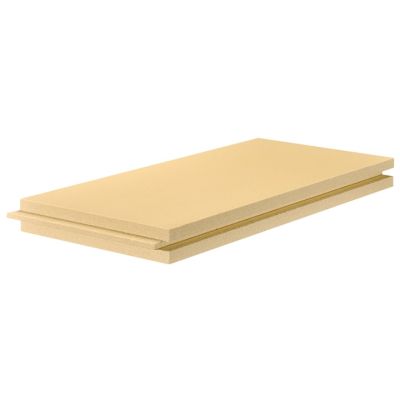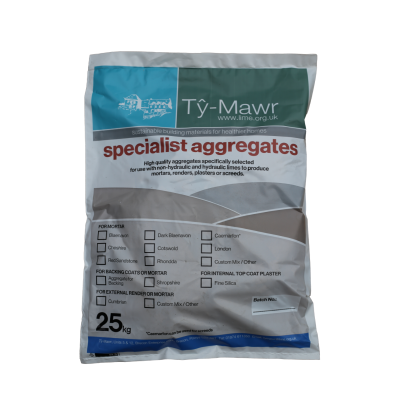Internal Wall Insulation - Schneider Wood-Fibre Insulation System
Ty-Mawr’s Internal insulation boards are a comprehensive approach to upgrading thermal performance of solid masonry walls. Incorporating breathable lime plasters and natural fibre insulation, this approach protects building fabric whilst improving energy efficiency.
When retrofitting a building with solid masonry walls it is important to ensure the added insulation maintains the walls’ ability to manage moisture and prevents common issues that arise from inappropriate insulation methods. Solid walls do not have a modern damp proof course (DPC) or cavity to isolate the internal space from moisture movement through capillary action and therefore the insulation materials used must take this into account. Ty Mawr’s natural fibre insulation boards offer a robust and sustainable solution that protects the fabric of the building while improving thermal performance.
The system is designed using natural materials to provide internal insulation that works in harmony with the existing fabric, comprising of a levelling coat of lime plaster, adhesive, Schenider Multitherm140 woodfibre insulation board and an internal finish plaster this system is easy to apply and install.
Preparation
- The masonry wall should be prepared be removing any loose friable materials and dubbing out and deep voids and joints as required.
- If the wall has an existing lime plaster that is well adhered this can be retained and the levelling coat below excluded. If a non-breathable render (cementitious) is in place then we would recommend removal of this where possible to maintain the breathability and help the wall manage moisture.
- If removal is not an option then this can be retained and the insulation board can be adhered directly to the existing render however this will affect how the wall manages moisture.
Lime plaster levelling coat
- The insulation boards must be adhered to a flat surface wihtout voids, to achieve this most masonry walls will require a levelling coat of lime plaster.
- The thickness of the plaster coat will depend on the surface of the wall, very uneven walls may require multiple layers.
- This plaster can be any basecoat plaster suitable for the substrate but is usually a hydraulic plaster for efficiency, options include St. Astier Ecomortar C, Secil Reabilita Cal RB or site mixed hydraulic lime plaster.
Adhesive
- The insulation boards are adhered to the surface of the wall using the SecilTek Isovit Lime Adhesive, this is applied with a notched trowel to the board or the wall (similar to tiling).
Insulation Board
Insulation Board
- The insulation layer is a Schneider Multitherm140 wood fibre board in 40mm to 60mm thicknesses. This thickness is limited due to interstitial condensation risk caused when insulating internally, for more information see detail here
Masonry Fixings
- The insulation boards can be further secured using insulated masonry fixings if required, Fixings should be at least 40-50mm longer than the insulation board used and are used at 8 fixings per square meter. Internally fixings are optional however if the background is non-breathable such as painted or cementitious render then they should be used.
Lime plaster
- The insulation board can be plastered with Ty Mawr Lime hemp plaster or with the SecilTek Isovit Lime and Reabilita Cal AC system depending on the desired internal finish. We have a range of options please see information on plastering over insulation boards here
-
Vapour permeable
-
Fully permeable materials prevent moisture from being trapped in the wall
-
-
Improve thermal performance
-
Will improve the performance of a solid wall within the threshold limit for building regulations.
-
-
Complete system
-
With lime plaster, natural fibre insulation and breathable paints, all products required from bare masonry to internal finish.
-
-
Low Environmental Impact
-
Reduce carbon cost of retrofitting with natural materials.
-











